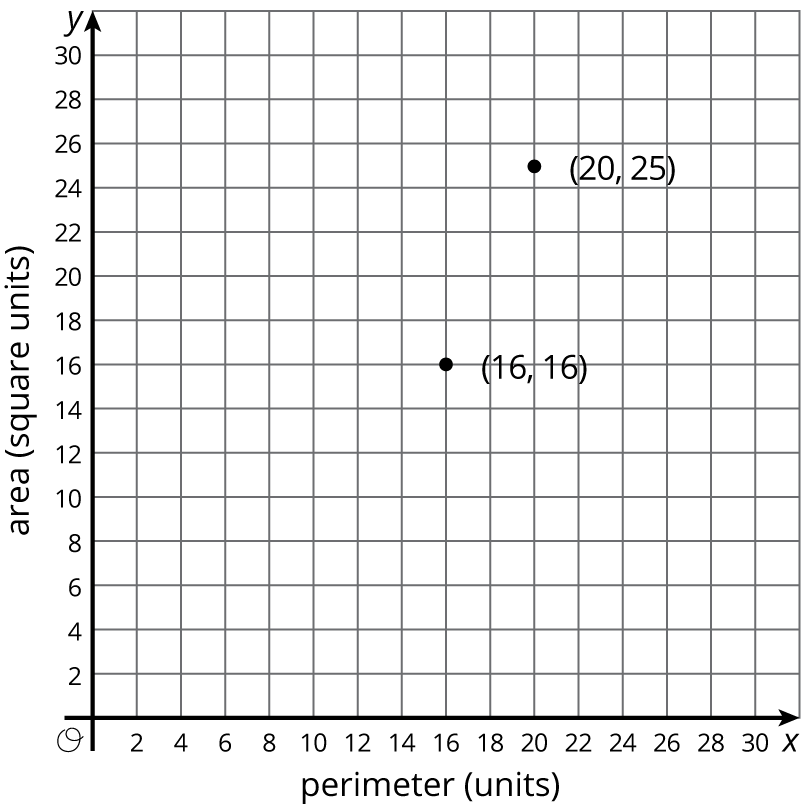Lesson 9
Multi-step Experiments
Let’s look at probabilities of experiments that have multiple steps.
Problem 1
A vending machine has 5 colors (white, red, green, blue, and yellow) of gumballs and an equal chance of dispensing each. A second machine has 4 different animal-shaped rubber bands (lion, elephant, horse, and alligator) and an equal chance of dispensing each. If you buy one item from each machine, what is the probability of getting a yellow gumball and a lion band?
Problem 2
The numbers 1 through 10 are put in one bag. The numbers 5 through 14 are put in another bag. When you pick one number from each bag, what is the probability you get the same number?
Problem 3
When rolling 3 standard number cubes, the probability of getting all three numbers to match is \(\frac{6}{216}\). What is the probability that the three numbers do not all match? Explain your reasoning.
Problem 4
For each event, write the sample space and tell how many outcomes there are.
-
Roll a standard number cube. Then flip a quarter.
-
Select a month. Then select 2020 or 2025.
Problem 5
On a graph of the area of a square vs. its perimeter, a few points are plotted.

- Add some more ordered pairs to the graph.
- Is there a proportional relationship between the area and perimeter of a square? Explain how you know.